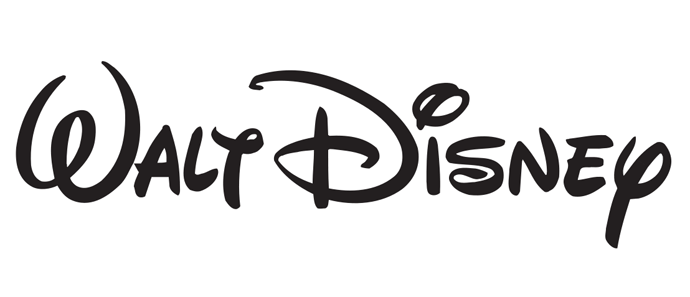Aug 18, 2015
What Disneyland Can Teach Us About Customer Service
60 years ago, Walt Disney founded Disneyland, and 60 years later the Disney theme parks continue to attract tens of millions of visitors each year. One big reason for its continued success? Employee Training. Disneyland University was created as a school to properly train Disney employees, and is aimed to treat park employees to the same high standards they want for park visitors. Disney wants their staff to have the same great experience doing their jobs as the park goers themselves. As Disneyland University founder, Van France asked, “The business we’re in, if we ourselves can’t have fun, how could we expect the public to have fun?”
They did just that, says former Disney University leader Doug Lipp in his article “Disneyland At 60.” Lipp explains that by following a set of values to: innovate, support, educate, and entertain – all lead towards more engaged employees. Disney provided leadership support at the Euro Disney park by going on walks throughout the property to talk to cast members, field complaints, and assess potential improvements. It’s a quality missing in many HR departments these days, Lipp said in a recent interview with The National.
Disney has so endured because its leaders serve employees first and take great strides to constantly serve the customers better, Lipp says. The method works, Disney Institute programming director Bruce Jones writes in his article “The Secret To Delighting Customers? Put Employees First.” According to Jones, engaged employees equals engaged customers. Companies that offer an exceptional customer experience can exceed their peers’ gross margin by more than 26 percent, and emotionally engaged customers are typically three times more likely to recommend a product and to repurchase it themselves.
“If you look in any HR handbook for any corporation [it says] we must respect our employees, we must respect our customers. Oftentimes it’s just the opposite of that,” he said in the interview. Jones stressed “the need for honesty and the need for an organizational culture in which the words and the actions are doing and saying the same thing.” By listening to the feelings of their cast members, Disney and France demonstrated good customer service actions: listening to, caring about, and responding to how the employees felt about their jobs. Essentially, serving their needs.
“If employees get a better service experience it will be a lot easier for them to take on the challenge of getting their customers a better service experience,,” said customer service expert and Up! Your Service founder Ron Kaufman. In thinking of how to best serve customers, reframing the internal culture as a series of service exchanges produces better relations internally and externally both.
“Service is taking action to create action to create value for someone else,” he explains. All jobs, he says, are some degree of providing a service, whether they’re in the “service” industry or not; all jobs aim to create or produce something, tangible or intangible, that someone else will desire, benefit from, and value.
How do you measure that value or ROI on customer service? “What matters in determining the level of value you created is the experience and opinion of the person you’re serving. If you’re taking action that is not valued by somebody else, there’s a definition: it’s called waste,” Kaufman said. He recommends alliance-building through cross-function team department meetings. Different departments can meet to address ways each department can better serve the other, so that they as a team can better serve external partners and clients.
To gauge how effective things are going in the workplace and what can be improved, companies can use a variety of methods: focus groups, interviews, questionnaire forms, email feedbacks, or good old-fashioned Walt Disney walks. Air B’N’B head of global hospitality and Joie de Vivre CEO Chip Conley, in his 2010 Ted Talk, “Measuring what makes life worthwhile,” said though 94% of business leaders worldwide believe intangibles are important in business, only 5% had a means of measuring the intangibles.
Chip Bell, customer service thought leader, talks about Disney’s sensitivity to adult customers. For the park’s longest wait, Space Mountain, Disney found a way to mitigate adult fears of the upcoming ride by scheduling visits from Goofy, whom adults could relate to most. Disney listened to the customers’ needs and provided a more comfortable experience in an unexpected and uplifting way. Little touches like these demonstrate Disney’s ability to listen and respond to customer needs; leaders would do well to understand their employees base needs, and surprise and innovate in a similar fashion.
With a positive and service-oriented internal culture, where leaders listen and departments work to better serve the other, customer service becomes the natural result. Mastering this approach, it’s no surprise that Disneyland has maintained its reputation as “the happiest place on earth” for over 60 years. To learn more about Doug Lipp and Disney, read more here.
The content writers at BigSpeak Speakers Bureau are Experts on the Experts. They hold doctoral, masters, and bachelors’ degrees in business, writing, literature, and education. Their business thought pieces are published regularly in leading business publications. Working in close association with the top business, entrepreneur, and motivational speakers, BigSpeak content writers are at the forefront of industry trends and research.
Tags
